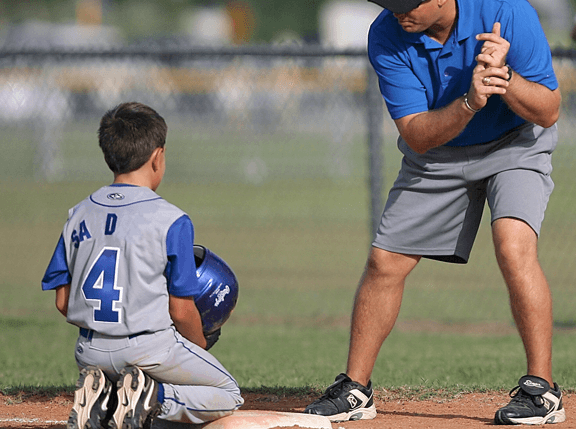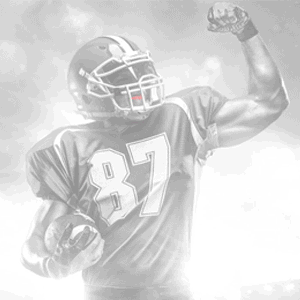Player Development: The Pros And Cons Of Moving Up A Level

In all sports, at all levels, the best players always rise to the top.
It’s a simple fact of sports; the players with the most talent are always going to stand out amongst their peers, and that typically means they are good enough to advance to the next level of play. Though sometimes, especially for younger athletes, that means advancing to the next level a little too quickly for the sake of player development.
As a parent or coach, it’s natural to push your best players up a level, to play with an older or more advanced group. But is that right?
Let’s take a look at some pros and cons of advancing younger athletes to the next level:
Pro: Playing at the right level
One of the most damaging things to a young athlete is becoming bored with their sport. When they are superior to the rest of their peers, it may lead to complacency and stop them from continuing to grow and develop as a player.
Athletes should always want to play at the right level for their skill set; but their skill set and their age group may not align. If they’re far and away more talented than the other players in their age bracket, it may be time to move them up.
Con: Lack of physical development
It’s one thing to move a player up a level because they have a superior talent, but you should also take their physical development into account. This has nothing to do with skill set, but just pure size and strength — something that is especially true for younger age groups, where even a year of physical development makes a big difference.
Plus, when players aren’t on the same level physically, they are at a higher risk for injury.
Pro: Pushing the limits to improve
It’s rarely a bad choice for athletes to push themselves to improve and become a better player. And one of the best ways for an athlete to do that is to play against the best competition; something they may not be getting if they’re superior to their peers.
If a player wants to be the best, they need to compete with the best and that means moving to a level that matches their talent and potential.
Con: Pushing the limits but not improving
Prematurely moving to the next level also may affect skill development. While players shouldn’t play too far below their skill range, there is a benefit to being a big fish in a little pond. It gives them the ability to try new skills in a less stressful environment.
When athletes are constantly pushing to the next level, they don’t really have that option to just “play around” or the freedom to try new things, because the stakes are higher and more competitive.
Con: Lack of maturity level
Much like physicality and skill set, playing at the next level also requires more maturity. Higher levels of play have demands that younger athletes may not be ready for, like practice intensity and in-game awareness.
When players are unprepared for this commitment, their growth as an athlete may be harmed.
Pro: Learning from experience
By playing up a level, athletes have the ability to learn from more mature and experienced players. Younger players tend to develop “big brother” relationships with the veterans, helping them learn and develop both on and off the field, court or ice.
Remember, it isn’t just coaches players learn from, but their teammates as well.
There are pros and cons to moving your young athlete up to the next level of play, so when it comes to player development, you always want to do what is best for the individual player.




 In all sports, at all levels, the best players always rise to the top.
In all sports, at all levels, the best players always rise to the top. 
